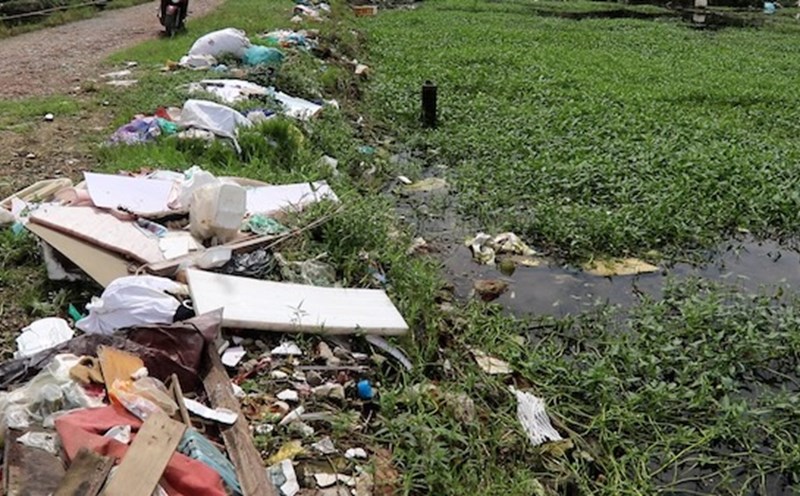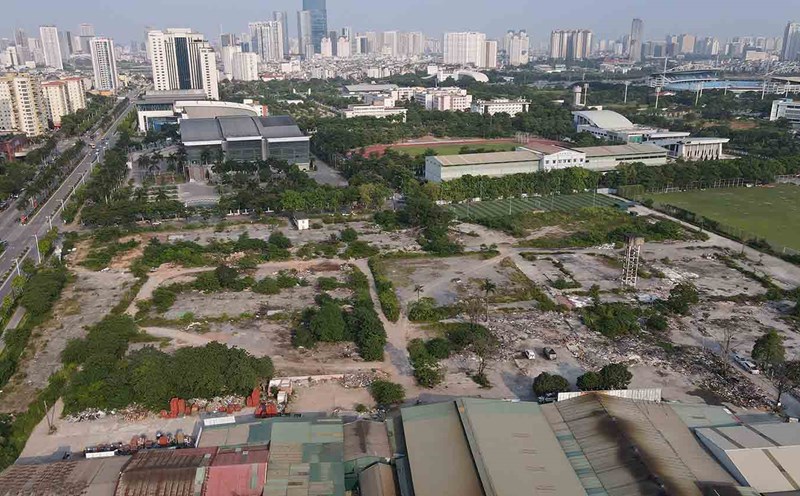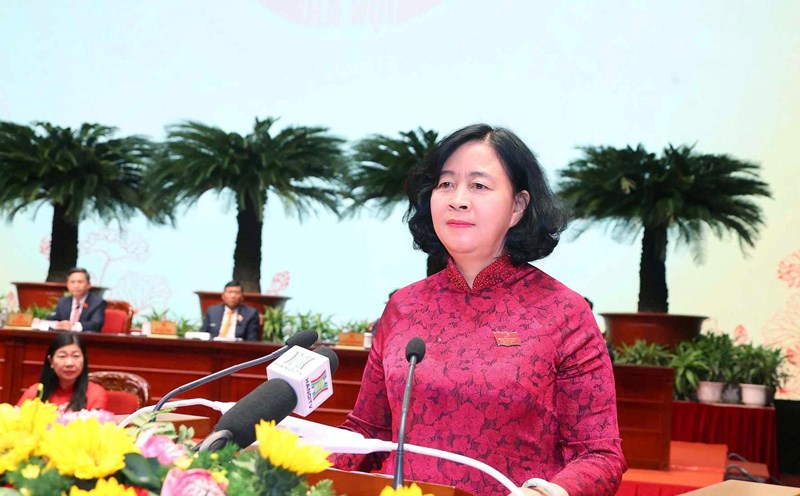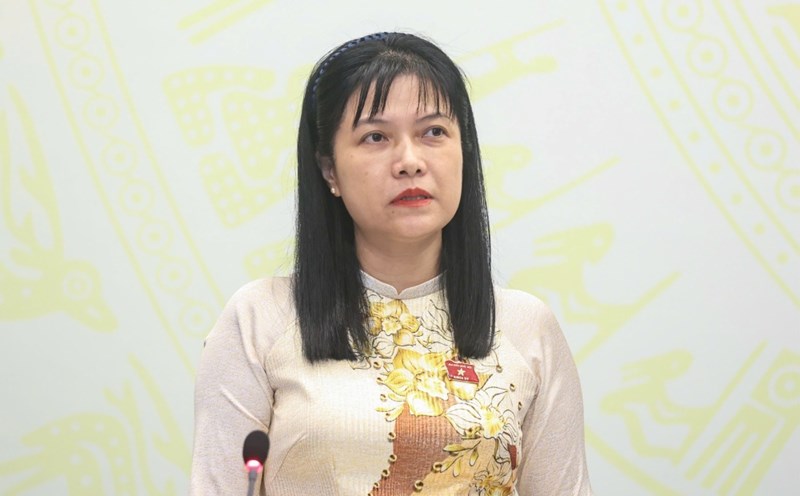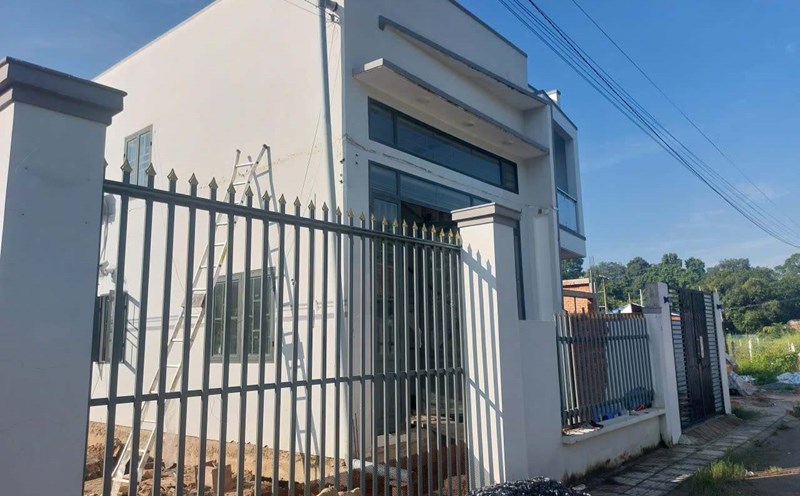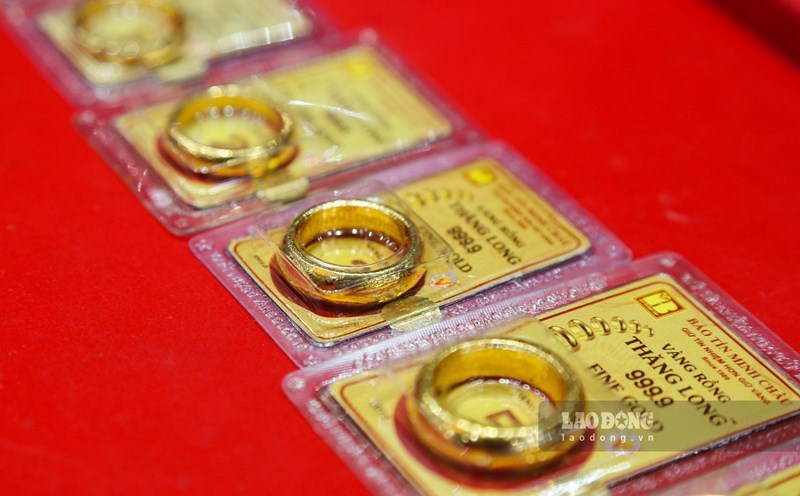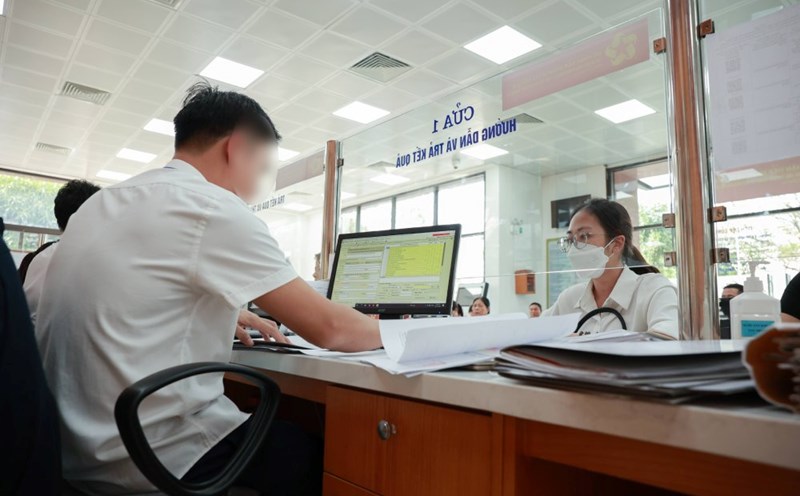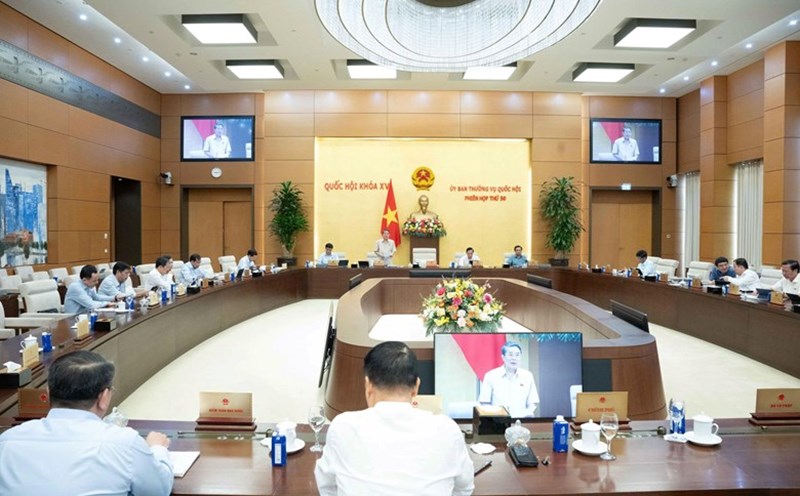Waste classification still faces many difficulties
In big cities like Hanoi, waste classification is still a matter of concern. According to regulations, the city is piloting a system to classify household waste into 4 general groups including: solid waste that can be reused and recycled (paper, plastic, metal); bulky waste ( closet, bed, mattress, table, chair); Harmful waste ( days, gasoline, bulbs, bottles containing chemicals, paint, TV, refrigerator); Other household solid waste (food waste and other waste).
This classification method is currently being piloted in some areas in the center of the capital. According to this classification method, food waste will be in the group of "residing household waste", mixed with diapers, food packaging, dirty plastic bags, eating paper, etc.
"My family has maintained the classification of waste into groups according to the city's regulations. For food waste, I often mix it with other types of waste such as plastic bags, toilet paper, etc. This type of waste is prone to odor and unsanitary, so I have to dump it every day, making it difficult to use it as fertilizer like in rural areas, Ms. Nguyen An Minh - Hoan Kiem ward, Hanoi shared about the difficulties in classifying waste.
After people classify waste into groups according to regulations, the environmental sanitation company will collect according to a specific schedule depending on each locality.
There are still many problems with waste classification. According to Ms. Hoang Hong Hanh, Head of the Department of Environment and Sustainable Development of the Institute of Strategy and Policy on Agriculture and Environment (Ministry of Agriculture and Rural Development), food waste that is not classified separately will cause waste and directly affect treatment efficiency.
Currently, the infrastructure for waste classification at source in Vietnam still has many limitations, from the lack of separate container systems for each type of waste to the unsynchronized collection network. Many residential areas still use the same type of garbage truck, making garbage, even though it is classified at home, easily mixed during transportation.
In addition, the current transit stations and treatment plants are mainly still designed according to the mixed waste receiving model, and have not been invested enough to treat organic waste alone or recycle effectively. This creates a vicious cycle, making it difficult to manage waste.
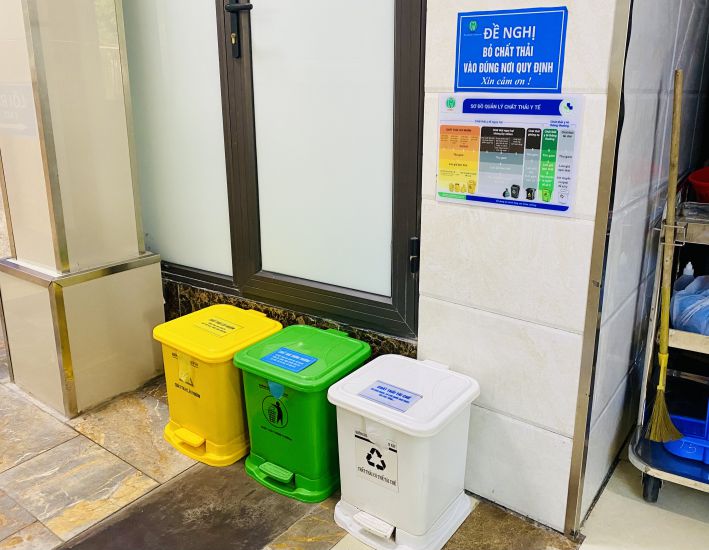
Towards a complete end of landfill in the coming years
According to Chairman of Hanoi People's Committee Tran Sy Thanh, the environment is the biggest problem in Hanoi today, and household waste is one of the hot spots that need to be addressed.
"The city commends the efforts and high determination of Thien Y Ha Noi Environmental Energy Joint Stock Company, and at the same time thanks the departments and branches for advising and removing difficulties, together with the government and people of Trung Gia commune to create favorable conditions for the project to operate", Mr. Thanh said.
According to Mr. Thanh, the operation of the plant not only contributes to reducing pollution, but also marks a turning point in the waste management of the capital. This is the second largest waste-to-energy plant in the world, after Shenzhen (China), with the ability to process 4,000-5,000 tons of waste per day, equivalent to about 70% of the waste generated in Hanoi.
Mr. Thanh said that Hanoi currently has 2 waste-to-energy plants that meet international standards, but the total capacity of only about 6,000 tons of waste generated daily is over 7,600 tons. The rest still had to be buried, causing great pressure on treatment areas such as Nam Son and Xuan Son.
The Chairman of the City People's Committee also requested the early implementation of phase 2 of the project to increase processing capacity, towards completely ending the burying of household waste in the coming years.
He also directed the Department of Agriculture and Environment to complete the bidding process, coordinate with Thien Y Ha Noi Environmental Energy Joint Stock Company to handle about 1 million tons of old garbage buried on an area of 500 hectares in the complex in the next 5-7 years, to turn this area into an ecological and sports space to serve the community.
Another important content emphasized by Mr. Tran Sy Thanh is the problem of urban flooding, including the reason that the sludge from dredging rivers and lakes has not been treated in accordance with regulations. Mr. Thanh suggested that the city soon arrange land to start construction of a sludge treatment plant, and at the same time study the exploitation of fly ash - a byproducte of the garbage burning process - to recycle into construction materials instead of just temporary storage.

